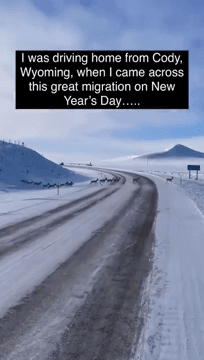
The Champawat tigress is a man-eating animal that killed 436 people! Photo: 1911 Nepal, Jim Corbett. In the early 1900s, the Nepalese region close to the Himalayas was terrorized by the most famous a
Post: 29 December 18:41

Post: 29 December 18:41

Post: 8 April 14:52

Post: 28 July 09:33

Post: 15 May 22:13
Post: 27 July 10:54

Post: 14 December 09:44

Post: 4 July 09:05

Post: 16 September 11:09

Post: 24 November 09:24

Post: 22 November 17:28

Post: 27 July 18:13

Post: 8 December 09:16

Post: 28 January 23:18
Post: 17 October 11:10

Post: 15 June 12:57